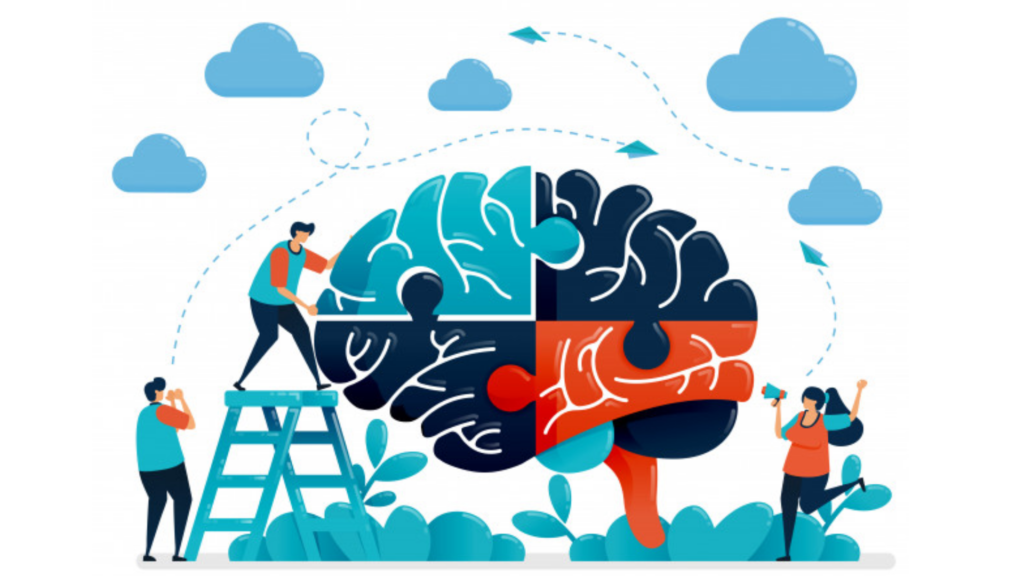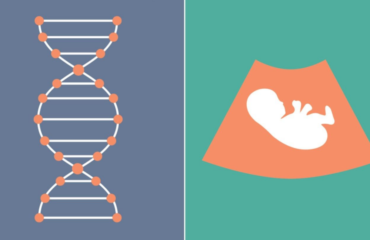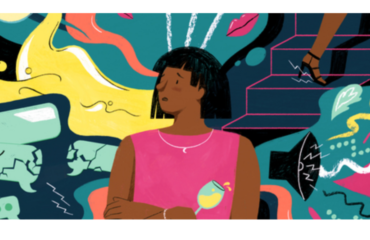“See the person, not their condition or syndrome”

Our body is made up of a million different cells and genes which help us to function as a complex machine. If even a tiny part of this machine malfunctions or has any kind of wear and tear it affects the whole machine. Nonetheless, being made up of so many different components it is quite likely that not everyone will know of all disorders, conditions or syndromes that may cause our body to behave differently.
One such syndrome is Rett’s Syndrome!
A rare neurodevelopmental disorder, not many people have heard of Rett’s Syndrome or even know it exists, so here we are today, explaining the basics of this syndrome via a quick Q&A session!
What is Rett’s Syndrome?
Rett syndrome is a rare neurological disorder that can cause severe impairments in their ability to talk, walk, eat and even breathe. It is usually recognized in children between 6-18 months of age as they begin to miss the important developmental milestones or lose the abilities they had initially gained. It is not a degenerative disorder, which means that it does not worsen with age.
What are some of the symptoms of Rett’s Syndrome?
- Repetitive hand movements like flapping and clasping
- Loss of motor functions like using hands
- Delayed or slow growth of head, hands and feet
- Having sleep disturbances
- Loss of muscle tone
- Loss of speech
- In some cases, seizures occur too
What causes Rett’s Syndrome?
It is a genetic disorder caused by mutations in a specific gene called MECP2 which is found on the X chromosome. There are over 900 different mutations which could be found on the MECP2 gene in 8 different regions of the gene called “hotspots”. Although genetic in origin, it is also classified as a neurodevelopmental disorder (NDD) since the development of the brain gets affected which in turn affects the way our nerves and neurons function. Caused by a mutation, this syndrome occurs by chance and is NOT hereditary.
Why is Rett’s Syndrome more common in girls than boys?
Females have the XX chromosome while males have the XY chromosome. The gene responsible for this syndrome occurs only on the X chromosome and thus the chances of females being affected by it are 50% higher than males.
Looking at the features and the symptoms of this syndrome it is quite easy to classify this syndrome under Autism Spectrum Disorder (ASD). Currently, there is a significant amount of research going on that is classifying Retts Syndrome under Autism Spectrum Disorder, primarily due to the common symptoms shown and some similarities in the genetic mutations. Although features of autism are present in some people with Rett’s Syndrome, there are still many distinctive features that differentiate this syndrome from ASD
Does Rett’s Syndrome affect intelligence?
Although people with Rett’s Syndrome are alert and aware of their experiences and surroundings, some symptoms may affect the way in which they can process and express their feelings. Since individuals with Rett’s Syndrome can have a hard time communicating through speech or hand movements, people with Rett’s Syndrome do face some challenges in expressing themselves. However, there is still a lot of ongoing research to understand how this syndrome affects the intellectual abilities.
How do you treat or manage Rett’s Syndrome?
There is no permanent cure for Rett’s Syndrome, but management and therapy strategies are directed towards improving communication, movements and social participation. A holistic approach is needed for the person throughout their lives and it doesn’t stop when they reach adulthood, in fact it is important to sustain the same level of support throughout their lives.
Some of the different treatment and management strategies that can help children and adults with Rett’s Syndrome are:
- Medications: Seizures, sleeping problems, breathing difficulties, muscle stiffness are some of the symptoms which can be managed effectively with medicines. Medicines cannot cure Rett’s Syndrome but it can certainly help people suppress the symptoms thus going about their daily tasks without interruptions
- Multidisciplinary Medical Care: A multispeciality team is needed comprising cardiologists, neurologists, paediatricians, genetic specialists. Regular checkups and monitoring of physical symptoms is very necessary to manage this syndrome better
- Therapy: Physical, occupational, speech, behavioural are the different forms of allied medical services which will help the individual improve their movements, hand-eye coordination, ability to socialise via non-verbal communication and treat associated mental health conditions thus helping with the sleep disturbances
- Nutritional Support: To maximise growth and improve mental, social and physical abilities a well-balanced, nourished, high-calorie diet may be recommended from the start to help in gaining energy and lead a healthy life
We hope that this article helped you in understanding the basics of Rett’s Syndrome. Spending 3 minutes of your time reading this can make you a really powerful ally to the community. If you have any concerns about any loved ones or your child showing symptoms of Rett’s Syndrome we advise you to contact your nearest GP without any further delay.




You must be logged in to post a comment.